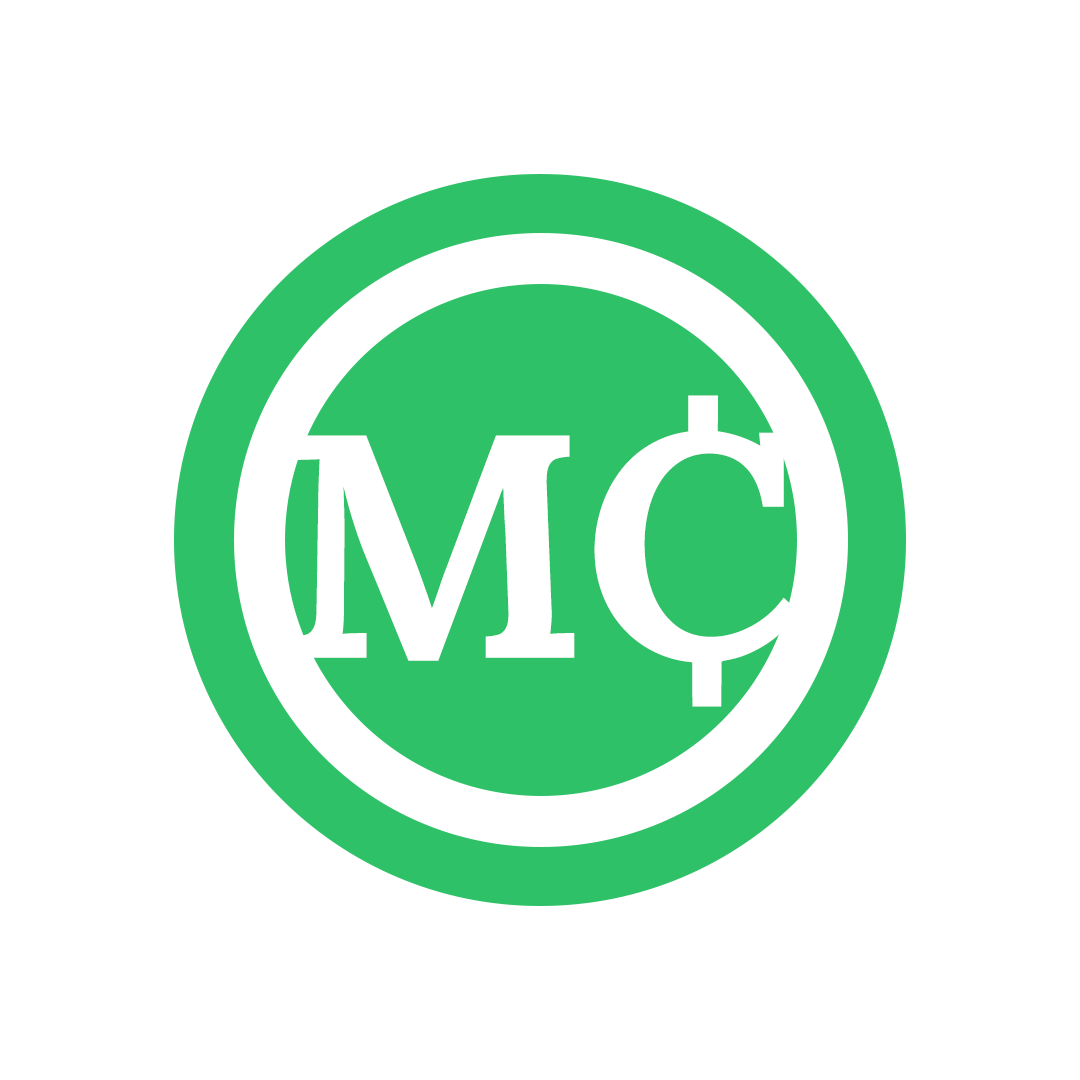Anúncios
career growth strategy needs improvement can feel like a vague warning, but spotting the signs early saves time and momentum.
Many professionals value development: 86% would switch employers for better training, and LinkedIn data shows learning shapes workplace culture. Gallup also finds managers drive 70% of engagement variance.
This guide is your practical how-to. You’ll get clear steps, a simple plan, and business-smart tactics to apply at work and across your professional journey.
The sections ahead link each sign to actions, tools, and examples you can test without hype. Expect concise steps, data-backed tips, and notes on how mentoring can accelerate results while you do the work.
Introduction: career growth strategy needs improvement — why it matters today
career growth strategy needs improvement when learning and goals no longer align. Recognizing weak spots matters because those gaps show up across organizations and roles. Small misalignments slow progress, reduce visibility, and erode the value you get from work.
Expect clear, practical takeaways. You’ll learn nine signs to watch, simple diagnostics for each, and concrete actions you can try this week. LinkedIn Global Talent Trends 2022 shows professional development shapes company culture. Lorman reports 41% of employees rate advancement as very important to job satisfaction.
This guide is built to be scannable. Each sign links to a short diagnostic and a step you can test. Use it to focus on your most urgent gaps, then return to deepen the plan. Results vary by role, skills, and context, so assess risk before big moves.
Bring mentors, managers, or a trusted coach into key decisions. Small, steady steps compound over time and support lasting success on your career journey. Bookmark this guide as part of an ongoing career development routine.
Sign You’re Ignoring Professional Development Despite Wanting It
You may say you want to learn more, but your calendar tells a different story. Many people value development yet never block time. That gap matters because 86% of employees would change jobs for more professional development, and 41% rank advancement as vital to job satisfaction.
Act in small steps. Try micro-learning: 15–30 minute lessons, commute podcasts, or short modules that build specific skills without derailing work.
Book a 20-minute chat with your manager to align goals and ask about tuition reimbursement, certification support, or mentoring. Then scan your company intranet for unused programs and study groups.
- Set one skill, one course, one deadline, and one accountability partner.
- Use annual reimbursement to finish a recognized certificate—this is a practical example many people miss.
- Log monthly wins tied to business outcomes (faster delivery, fewer errors) to share in reviews.
If internal resources are limited, explore low-cost MOOCs or local associations with scholarships. Small, consistent steps keep momentum and turn intent into measurable progress.
Sign Your Work Rarely Uses Your Strengths
Some days you leave work tired, not energized—your strengths rarely show up. That signal often means tasks and roles don’t match how you work best.
Why it matters: Gallup finds only four in ten U.S. employees strongly agree they do what they do best each day. Using strengths links to higher energy, focus, and better performance. Managers and leadership shape this, so a short conversation can change outcomes.
Quick steps to try
- Take a short strengths assessment to name your patterns.
- Do a task audit: list three tasks that energize you and three that drain you.
- Propose a pilot to your manager: trade one low-impact item for a strengths-aligned task.
- Pair with teammates whose skills complement yours to cover gaps.
- Update goals and metrics to reflect strengths-focused deliverables—track cycle time or quality gains.
Revisit the audit quarterly. Small shifts that align strengths with business outcomes improve your daily energy and long-term development.
Sign You’re Not Building Strategic Relationships
Who you know — and how you connect — often matters as much as what you do on the job. Missing strategic relationships can limit access to information, resources, and leadership visibility.
Power mapping to navigate your work environment
Sketch influence. Draw a simple map of who controls decisions, who shares resources, and where information flows in your company and industry.
Focus on central individuals, not just titles. These people route projects, introduce ideas, and smooth access to roles across organizations.
Networking with purpose: curiosity, generosity, and clear asks
Lead with questions. Ask about their challenges, then offer a quick resource—an article, a contact, or a data point—to be helpful.
Keep your ask tiny and specific: a 15-minute chat, one referral, or feedback on a short plan.
Tactics and a sample outreach script
- Short informational chats: 15 minutes to learn and listen.
- Warm intros: ask a mutual contact to connect with context.
- Consistent follow-ups: add value each time you reach out.
“Hi [Name], I admire your work on [X]. I’m exploring [Y]. Would a 15-minute chat next week be okay? I can share [useful resource].”
Close with a helpful question: “Who else would you recommend I speak with, and what skills should I build to be useful to your team?”
Practical steps: aim for one new contact and one meaningful follow-up per week. Track conversations in a simple CRM sheet and share small wins back to close the loop.
Be transparent with managers when outreach overlaps with core work hours. Clear communication keeps trust intact and shows you prioritize business value while you expand your network.
Sign You Don’t Ask For or Act On Feedback
When feedback is scarce, you’re left guessing how your performance lands with others. That guesswork stalls progress and blurs your goals. Many people want more input, but signals rarely arrive without a simple ask.
Why feedback gaps stall progress
Nearly 65% of employees say they want more feedback, yet 44% of managers find giving tough notes stressful and 21% avoid it. The result: inconsistent cues and slow career development.
Turn feedback into progress
Use the HBR loop: reflect on recent work, schedule a focused conversation, then practice one behavior until it sticks. Keep the loop short and specific so you can test changes quickly.
Build a simple cadence
- Monthly micro-review: 20 minutes to align on one goal, one win, and one area to work on.
- Peer signals: ask two colleagues quarterly for “one continue, one change.”
- Capture themes in a running doc and map them to measurable skills and outcomes.
“What’s one change that would increase my impact next quarter?”
Practice by role-playing and then applying the behavior in a low-risk meeting. Thank feedback givers and report back to close the loop and build trust.
Sign Your Time Commitments Crowd Out Learning and High-Value Work
If your calendar is a tug-of-war between meetings and fire drills, your learning time is losing. This sign shows up as constant reactive work and no slots for strategic or focused tasks.
Start small. Do a one-week time audit to log where you spend your hours. Mark meetings, deep work, admin, and reactive tasks. Spot low-value events to shorten, skip, or consolidate.
Rebalancing: time audits, priority trade-offs, and batching
- Have a trade-off conversation with your manager: if you own X priority, ask what can be paused or delegated to free time.
- Batch similar tasks to cut context switching and reclaim focused blocks.
- Label and defend calendar blocks like “Client prep” or “Reporting build” and treat them like meetings.
Small wins: 90-minute weekly skill sprints and calendar blocks
Try a 90-minute weekly skill sprint to advance one capability tied to your goals. Publish the sprint focus in your team channel to invite accountability.
Measure small wins: time saved, fewer handoffs, or faster cycle times.
Review the audit monthly. Run small experiments, then scale what works. These steps help protect time for learning, development, and higher-impact work without breaking delivery.
Sign You’re Stuck in a Silo and Not Learning Across Teams
If you can’t explain how upstream decisions affect your deliverables, you likely lack cross-functional exposure.
Define the signal: collaboration slows when you don’t know upstream or downstream processes. That gap causes rework, missed deadlines, and unclear handoffs.
Cross-functional learning helps. Try shadowing one partner team for a weekly meeting to hear their priorities and metrics. Do this for a month and note what changes in your planning.
Practical tactics
- Run a joint project with one shared goal and a single owner per decision area to cut confusion.
- Use remote-friendly touchpoints: rotating demo days, show-and-tells, or virtual office hours for fast knowledge sharing.
- Create a shared glossary or playbook so terms, timelines, and dependencies are transparent to all roles.
- Rotate quarterly: one quarter with sales, one with operations, one with analytics to broaden perspective.
- Identify a cross-functional mentor who helps you translate other teams’ needs into daily decisions.
Why this matters for leadership readiness: exposure improves judgment, prioritization, and stakeholder alignment. Document what you learn and apply it to reduce rework and improve handoffs.
Celebrate joint wins publicly to reinforce the new norm and make collaboration a habit.
Sign You’re Not Upskilling for Today’s Roles
When job listings ask for competencies you don’t have, it’s a clear sign to update your toolkit. Your role may be shifting, while your skills lag behind new tools or expectations in the industry.
Education pathways
Stackable certificates and short online courses deliver fast, practical benefits. Selective degrees help in some fields, but they cost more time and money. Choose what fits your timeline and the role you want next.
Choosing programs
Pick by three criteria: relevance to your goals, flexibility for your schedule, and alignment with your company’s priorities.
- Relevance: will this skill show up in job posts or team roadmaps?
- Flexibility: can you study evenings or in short modules?
- Employer support: check tuition reimbursement, exam vouchers, or paid study time.
Example path and measurement
Try one course per quarter tied to a work project so you apply learning immediately. For a non-manager, build business fundamentals: basic finance, operations, and communication to boost leadership readiness.
“Measure ROI with concrete outputs: clearer forecasts, cleaner dashboards, or crisper stakeholder updates.”
Capture new credentials on your resume and LinkedIn. Share learnings with your team, join a learning cohort, and keep scanning job postings to spot upcoming opportunities.
Sign You Haven’t Reassessed Your Plan or Progress Recently
If months slip by without a check-in, your plan can drift and small wins go unrecorded.
Self-assessment: strengths, gaps, and milestones
Do a quarterly review. List your strengths to leverage, gaps to close, and three milestones to target next. Keep it short: one page you can update rapidly.
Tracking value: a simple monthly achievements log for performance reviews
Use a one-line log each month to capture outcomes, metrics, and quick stakeholder feedback. This makes your contributions visible to your manager and the wider company.

- Quick check-in: schedule a 15-minute sync with your manager to align on role expectations and goals.
- Track skill growth with before-and-after examples to show measurable development.
- Include cross-functional wins to highlight collaboration and communication impact.
“Date • Project • Result • Metric • Skills used • Next step”
Tip: Revisit the plan after a new role, reorg, or product launch and prepare a concise quarterly narrative for reviews. Lightweight, frequent reviews beat one annual overhaul and keep momentum steady.
Nine Red Flags Your Career Growth Strategy Needs Improvement
Red flags appear quietly—until they block your next step. Use this checklist to spot gaps and act fast. Each sign links to a short, practical fix you can try this week.
Low engagement and no recent learning wins
If you haven’t finished a course or logged a learning win, restart momentum with a short class and a 20-minute chat with your manager.
No feedback loop or manager conversations
Set monthly micro-reviews and ask two peers for “one continue, one change.” This turns vague cues into clear, testable actions.
Weak network and limited visibility
Do a power map, send tailored outreach, and follow up weekly to build relationships and raise your profile inside the company and beyond.
Chronic time overload, little progress on goals
Run a one-week time audit, then agree on trade-offs so focused work and learning blocks reappear on your calendar.
No cross-functional exposure
Shadow a partner team or run a joint project to learn how other teams make decisions and to reduce rework across the organization.
Skills not aligned with evolving industry needs
Scan job posts, pick one targeted training, and apply it to a current project so your skills match market and business demands.
Misalignment with strengths and values
Take a strengths assessment and do a quick task audit. Trade or reassign low-impact work for tasks that use your best skills.
Stalled promotions or unclear advancement path
Clarify role expectations, document recent results, and map your achievements to company promotion criteria.
No regular self-review process
Keep a monthly achievements log and update a one-page plan quarterly to track value, readiness, and next leadership opportunities.
“Small, regular checks beat one annual overhaul.”
Conclusion
Small, focused action beats vague intentions. Pick one sign to address first, set a short 6-day action sprint, and log a simple win this week.
Clarity about your strengths and skills helps you choose the right step. Align that step to business priorities and block time on your calendar so it happens.
Share progress with a mentor or stakeholder to strengthen communication and gather quick advice. Review your plan regularly so it stays relevant to industry shifts and changing roles.
Results depend on your context and dedication, but steady steps add up. Set your next review date now and capture one small win today to keep forward progress.



